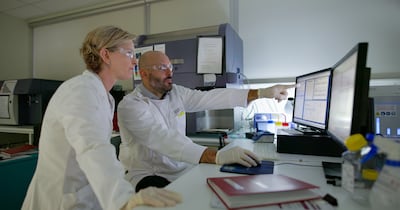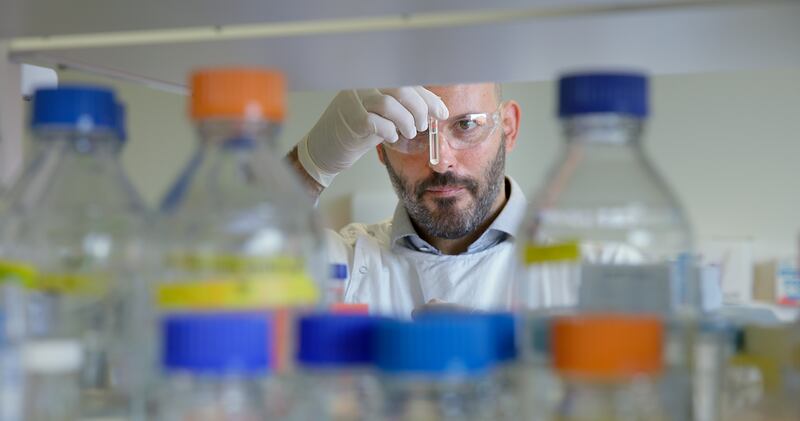Researchers have discovered the genetic signature of pre-malignant liver cells, a finding that could significantly impact the diagnosis and monitoring of about 3,000 Australians diagnosed with the deadly cancer each year.
The study, published in the journal Cell Genomics, revealed that quantifying pre-malignant liver cells in patients with liver disease could help assess their future risk of developing liver cancer.
This breakthrough has the potential to save lives by changing the way chronic liver disease patients are staged and monitored based on their cancer risk.
Dr. Rodrigo Carlessi, the study's first author from the Curtin Medical School and the Curtin Health Innovation Research Institute in Australia explained that the research utilised cutting-edge technology to identify the molecular fingerprint of thousands of genes on a single-cell basis.
“During this process, we discovered the genetic signature and its diagnostic value, which was subsequently confirmed in several hundred individual patient liver samples,” Dr Carlessi said.
He added that the finding was significant because it could lead to a new diagnostic test for liver cancer, which is responsible for 10 per cent of all cancer-related deaths in Australia.

Lead author Professor Nina Tirnitz-Parker highlighted that liver cancer is often diagnosed late in Australians.
“Due to a lack of readily available and accurate laboratory tests or biomarkers, many patients of advanced liver cancer live less than 12 months as treatment options are limited when patients are diagnosed at later stages," Prof Tirnitz-Parker said.
She emphasised that a commercially developed test could help clinicians classify a patient's risk and provide appropriate monitoring schedules for early diagnosis.
The study involved researchers from multiple institutions, including the Harry Perkins Institute of Medical Research, Monash University, Edith Cowan University, the University of California, the University of Edinburgh and the QIMR Berghofer Medical Research Institute.
Funding for the research was provided by the Cancer Research Trust, the Cancer Council of Western Australia and the Gastroenterological Society of Australia.







